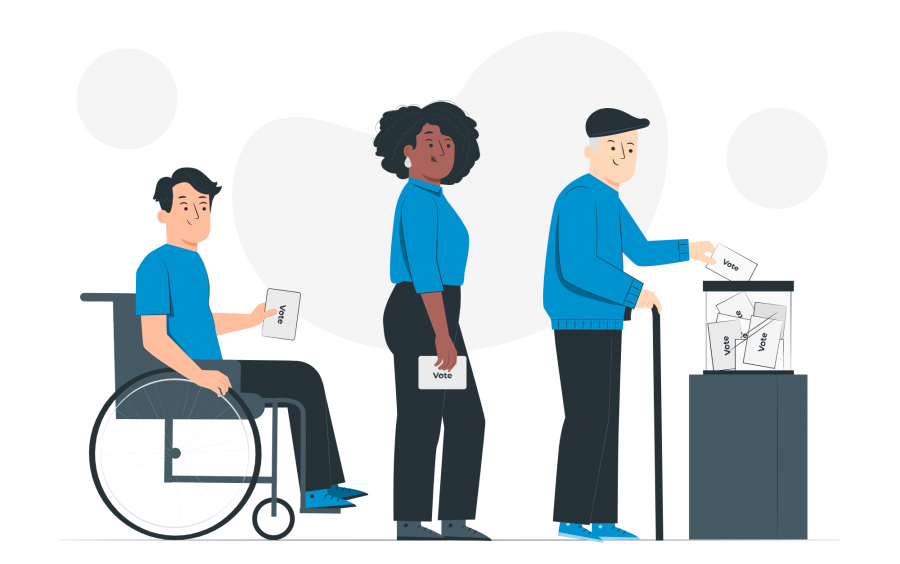This September 2021, Canadians will vote in a federal election. That includes many new citizens voting for the first time.
Are you a Canadian citizen? Voting is an important right and responsibility of every eligible Canadian. This right has been enshrined in our Charter of Rights and Freedoms for citizens 18 years and older since 1982. Voting in Canada is confidential and secure, done by secret paper ballot. You don’t have to tell anyone who you vote for.
Have questions about voting? DIVERSEcity has outlined some information below to help guide you through your first election in Canada.
First, how does a federal government get elected?
As shown in this video by CIVIX, in collaboration with Elections Canada, eligible voters do not vote for a party leader. In Canada, when you vote, you will see the names of the person running in your riding or neighbourhood, rather than the national party leaders. All across the country, people will be voting to choose their riding’s representatives, who will make up the 338 seats of Parliament. The party that wins the most seats wins the opportunity to elect their leader as Prime Minister.
How to register to vote in Canada
Are you a Canadian citizen 18 years old or more? You can register to vote. You can do this on the day you vote at your assigned polling station, or in advance, in person at any Elections Canada office or online via Elections Canada, by September 14.
If you register in advance, you should get a voter information card in the mail that tells you where and when you can vote. You can also check this information online using the Voter Information Service.
How do I vote?
When it comes to actually voting, you can vote in person or by mail.
To vote by mail, you must apply to do so on the Elections Canada website no later than 6 pm EST on September 14, 2021. After a few days, you will receive a voting kit that includes a ballot for you to fill out. You will have to write the first and last name of your chosen candidate, then mail it back using the provided return envelope by Election Day. You don’t have to add a stamp.
You can also vote in person three different ways:
- on advance polling days at your polling station: September 10, 11, 12 and 13, from 9 am to 9 pm
- at an Elections Canada office, seven days a week, before Tuesday, September 14, 6 pm
- on Election Day, September 20, at your polling station
Find your polling station on your vote information card.
Regardless of how you choose to vote, you will need to provide government-issued identification, like a driver’s licence or passport. Learn more about ID needed to vote here.
When you arrive to vote in person, you will show your ID to an election worker, and be given a folded, paper ballot. You will then go behind the voting screen to mark your ballot and refold it to keep it secret. You will return to the worker and put your ballot in the box.
Where can I learn more about voting in a Canadian election?
Your vote matters. When deciding who to vote for, do your research on what each party and representative can offer you locally and nationally. You will find a lot of information from a variety of sources, both online and through your community, so choose trusted sources of information. For example, you can also read the plans of each political party directly on their websites. There are three main federal parties the Liberal Party, the Conservative Party and the New Democratic Party, as well as other parties (listed here).
It is up to each one of us to think critically and make an informed decision that we believe in.
Elections Canada also offers its Guide to the Federal Election in several languages, including Arabic, Punjabi, Korean, Chinese, Somali, Tagalog and many more.
Have more questions? Talk to your DIVERSEcity case worker for guidance on becoming a citizen and voting in Canada.

